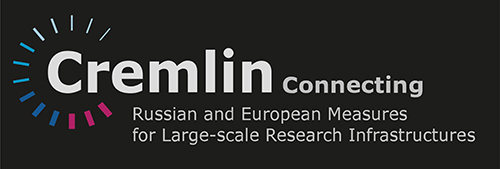Speaker
Description
Не-3 detection technologies necessary for equipping the majority (about 70%) of experimental stations of the PIK reactor either exist at PNPI or can be produced there as there is a technological capacity for their development and realization. Aperture of these detectors is no more than 1 m2 and consequently do not require a large amount of $^3$Не (about 900 liters). $^3$Не is available in Russia, and its price is several times lower than the European one. For this reason, detectors based on $^3$Не is Russia’s competitive advantage over Europe, which certainly should be used to the fullest extent. The reason for this is a unique combination of such properties as high efficiency of neutron registration and low γ-background sensitivity.
PNPI actively develops various types of neutron detectors on the base of the Tracking Detector Department (head is A. G. Krivshich). PNPI already possesses technologies necessary for development and production of neutron detectors with aperture up to 300 × 300 mm, which comply with the requirements of current physical experiments. In order to create 2D detectors with aperture of 1000 × 1000 mm and more the LPSC-technologies will be used with the charge division readout.
Existing 2D PSD $^3$Не-detectors to be able to work in intensive neutron fields (~ 1 × 10$^6$ neutron/s) of reactor PIK, it is necessary to change the data readout method from a delay line readout to channel-by-channel readout from the cathode strips. Based on these technologies, one can create $^3$Не-detectors of different structural variations including the capacity to operate in vacuum.

